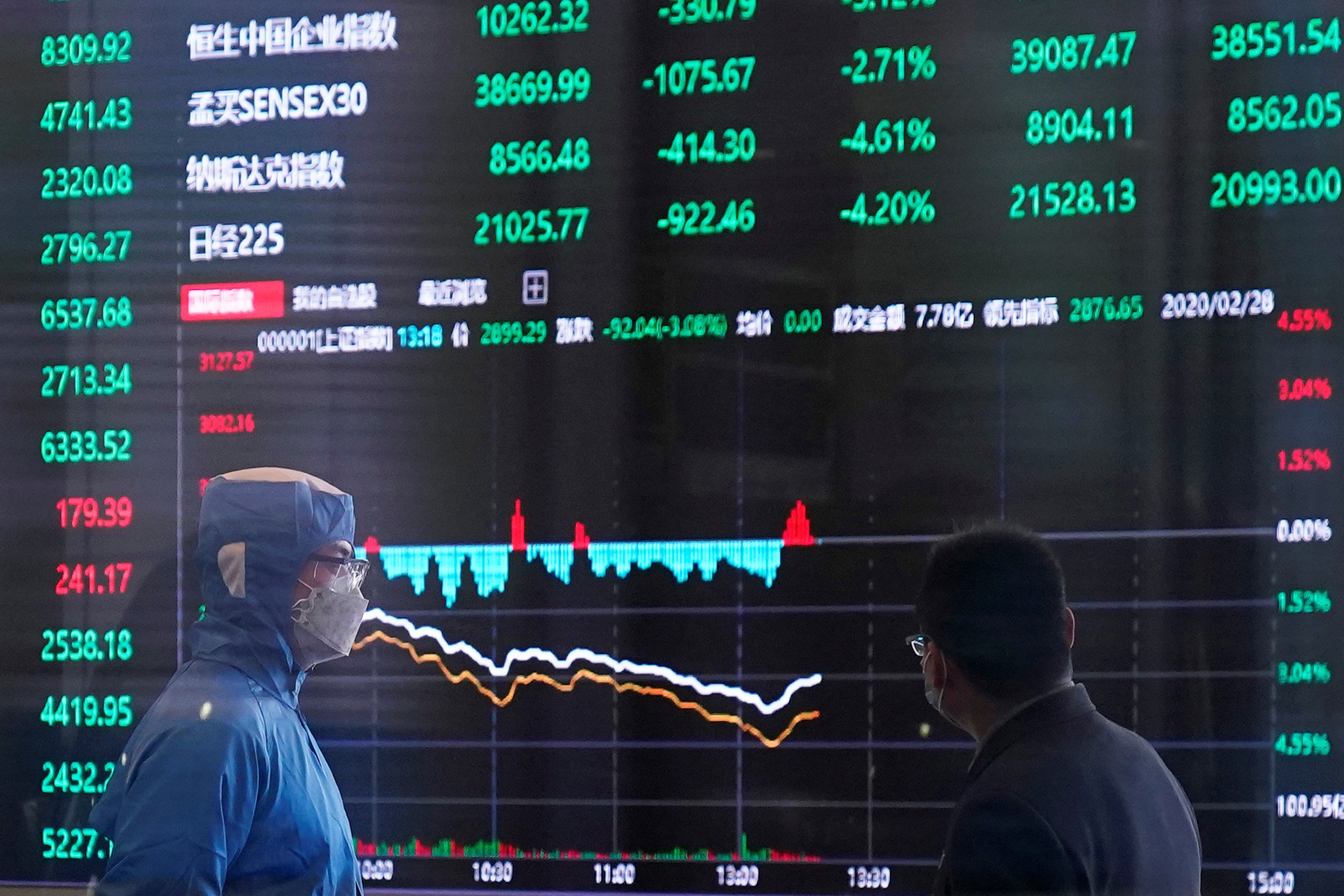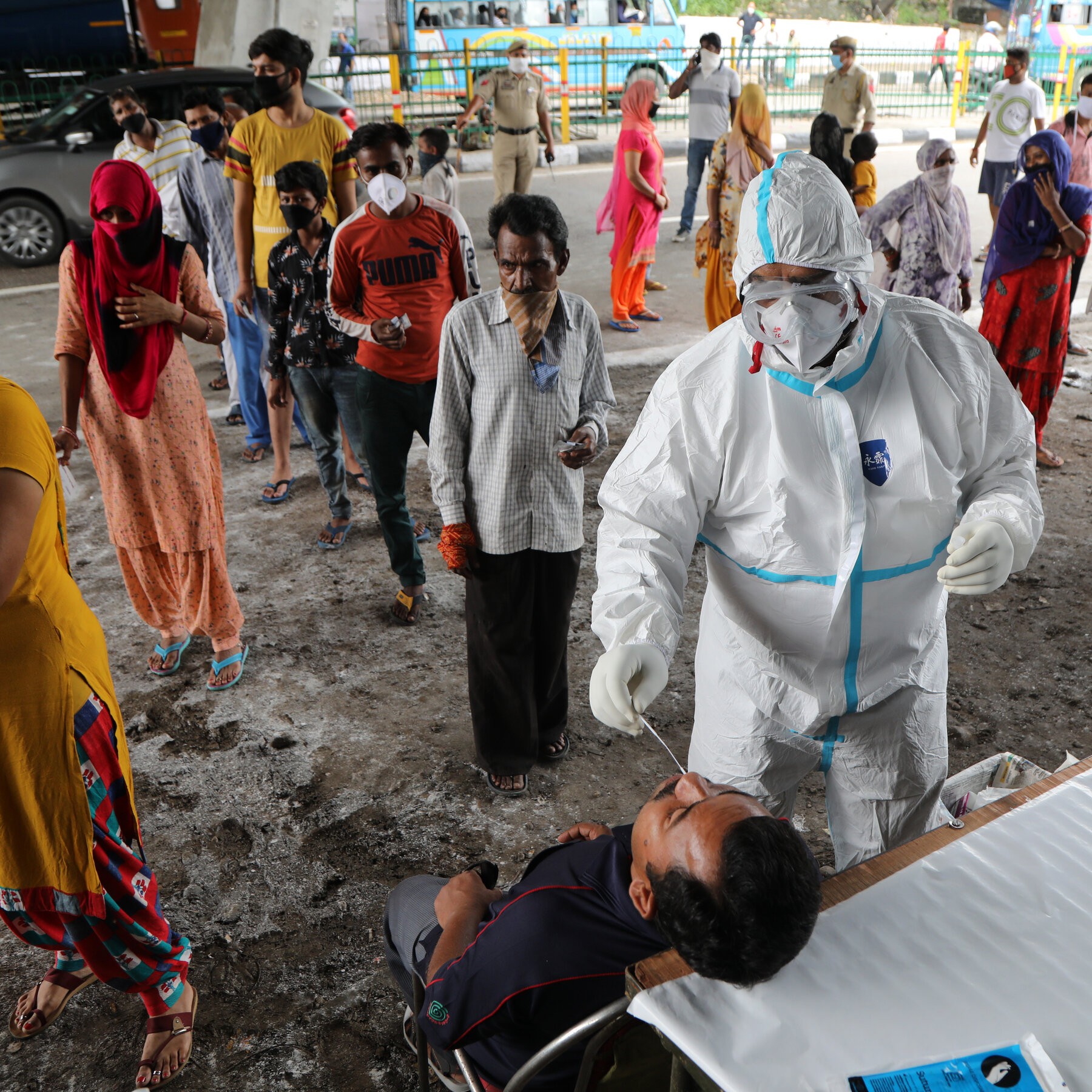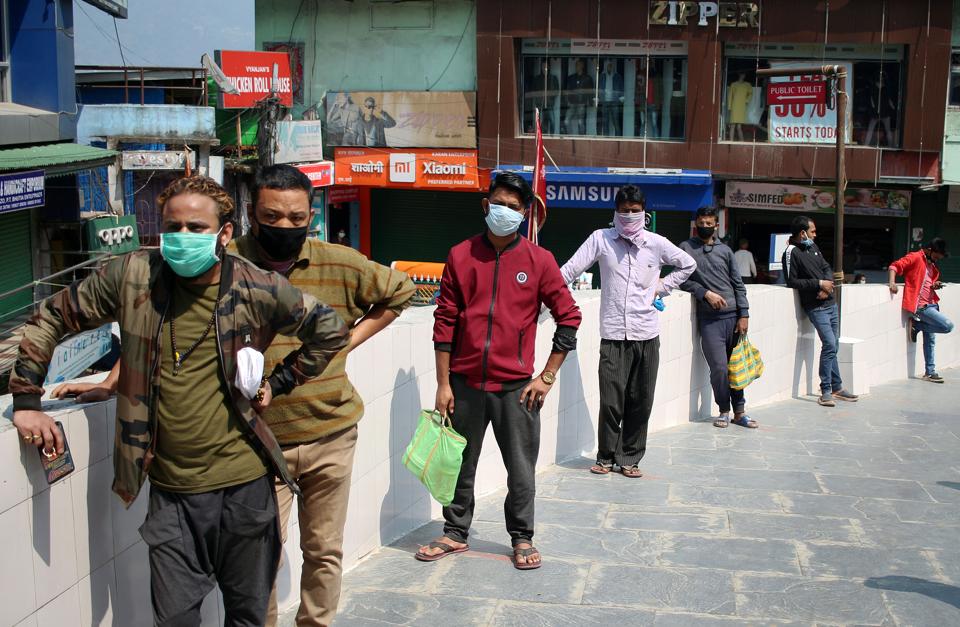
The pandemic has stalled the lives of people into shutdown, causing repercussions on the Indian economy. India lived a lockdown trailer by witnessing a day-long Janta Curfew and came out in the evening banging thalis, wishing corona to go away. One year ago, Prime Minister Narendra Modi’s appeal to everyone to show solidarity in the fight against the coronavirus attracted a remarkable response.
Looking at the past 12 months, we came to purview about the government’s understanding of the SARS-CoV-2 virus and the Covid-19 pandemic. Along the causeway of the pandemic, testing was inevitable as the cases had just augmented transmitting across India. India’s Secretary, Health Research, Dr. Balram Bhargava, retorted that India was dealing with the pandemic with its formula of “isolate isolate isolate.”
Following the announcement on March 22, 2020, India shifted its propaganda away from the WHO guidelines. WHO had asserted that clinical testing of the virus was paramount in tracing and combating the transmission. Although, the government has turned a full circle a year later. Still, the exponential numbers of testing are explicitly less.
The government had some impeding challenges to focus on at the commencement of the pandemic. A year has passed and whether or not it has overcome the hindrances is doubtful in the consciousness of the Indian citizens. While the virulence of the pandemic has been less in South Asian countries, India has been the centrifugal force in spreading the deadly coronavirus.
India’s mask compliance levels are abysmal than the rest of the South Asian countries, and some policies implemented by the Indian government have baffled the epidemiologists. Despite the severity of the stumbling blocks, India has overseen the Kumbh festival, election campaigns, and testing frauds. It has created an embittered environment across the nation, and the citizens have protested in agitation.

The government lacked the know-how about the coronavirus.
Covid is a susceptible disease that could spread across communities. But, India has reconciled their focus towards the elderly community. WHO has said that it is the younger people who are often asymptomatic. And are more prone to spreading the disease. The argument of the matter is even more grueling as after seeing so many fatalities, the government hasn’t studied the impact of the pandemic significantly.
It opened the lockdown when there was a need for strict rules, and not imposed a lockdown when the second wave is tormenting India’s health ammunition apart. Covid-19 pandemic is a mega enigma and should have been treated that way. The facilities were short in 2020, and a year later investments haven’t been made for procuring an adequate supply of beds, oxygen, and vaccines, which was so crucial for human survival.
Although every country that tried to follow a different path, calibrated or otherwise, had discovered that a shutdown was inevitable, the Indian authorities thought just the opposite. RAT Tests have been a less reliable method, and the Indian authorities have shifted towards it. They are known to miss up to 50% of cases due to false negatives, even though they have been efficacious in areas that have become virus hotspots.
The lockdown works, but the economic recovery cripples down.
The experts and the epidemiology suggests that shutdown has worked India the world of good. It has helped curb the transmission of the virus, but it is merely a fact. The government imposed a lockdown when there were only 600 cases, and the surge of the pandemic was moving towards its pinnacle. The statistics asserted that throughout the pandemic the testing was below standard and that’s why the numbers were limited. We have discovered a shutdown of this kind for the first time, it has crippled the economy momentarily.
Thousands of millions of lives have severely been immortalized into the depths of stagnancy during the pandemic. Over the past weeks, the government hasn’t learned from its mistakes in the past. It has not taken any compelling steps to uplift or boost the resources that provide citizens more opportunity to expand and create employment generation. Today, the spike of cases is even higher, and when the lockdown is prompt and inevitable, they sounded like they couldn’t care less.
The government is posing a mockery by imposing a weekend lockdown, night curfews, one week halt. The question is that why not focus on the dual working of shutdown coupled with economic recovery. The answer always remains a particular one: we care about the migrant workers.

The government has exploited the workers into meltdown since the pandemic.
The most affected community in India across the vast groups were the migrant workers. Around 1.35 million people lost their jobs, many were stranded on roads, and the government was willing to compensate their misery with relief packages and employment opportunities. Over the compiling misery, the situation remains grim as there have been no persistent efforts to ensure a regular flow of income for the migrant workers. The Government has exploited them by overburdening them with contractual jobs at lower wages.
Why aren’t policies introduced to improve their situation? The employment rate has ceased down the barrel, and much of it has to do with the migrant workers. India’s position has been weakened over the turn of the year, and all the government is doing is perfectly commuting its election campaigns. The staggering low point has cost many lives as the majority of the people die due to extremism, or some die due to the threat of the virus. The government announced that they would integrate shelters for the migrant workers.
But the visuals of today show that the Indian authorities haven’t learned anything about the economic growth of the pandemic. Shocking visuals came out from Delhi’s Anand Vihar Bus Terminal, Migrant workers were seen leaving in droves as they faced a lack of security and survival for their future belongings.
The government that was resolute on the vaccines has turned its back on the Conundrum.
In September 2020, when the surge of cases was comparatively low, India’s coronavirus progress oversaw a breakthrough as the Serum Institute of India announced the vaccine. But as of today, only 10% of India’s population has been administered the vaccine and can be called fully vaccinated. With BJP states acquiring more shots than the others, the staggering dissemination in the distribution of the vaccine has raised certain embodiments. The government who put so many heavyweight activities on ramping up the production of vaccines faced difficulties as cases of severe blood clots, the resurgence of the virus morphed into progress.
The staggering aspect is that the health authorities kept urging the senior ranks to release more doses as the demand was mounting up, but their inquests were unanswered by the government. It exhibits that the government hasn’t learned a bit about staying on its words as the lack of vaccines can be coincided with the high jotting list of cases. The numbers are not stopping, and it would need the government to come up with a resolute response to improve vaccine production as well as reduce the severe hospitalizations.
Why hasn’t India still not recovered from the Pandemic

The COVID-19 pandemic has brought the world to a standstill. The situation has yet worsened after hitting back for the second time. The fatality of the virus is on its extreme. A huge spike in the number of cases is visible, breaking all records on a daily basis, in the history of the pandemic.
More and more deaths are being registered. People need to be extremely attentive towards the health and immunity building of themselves and the people around them. A strengthened health sector, supply of resources, the availability of more and more people on the first line to control the widespread of the virus is the need of the hour.
The government was able to control and suppress the spread of the first wave of the global pandemic by imposing a lockdown and streamlining activities that were vital to deal with the epidemic. At that time, India was one of the least hit countries only because it was able to contain the virus well in time and before it could pose serious damage to the nation and cause an uncontrollable loss of lives.
Now the citizens have started neglecting the measures that are necessary to go on with their businesses and daily lives. The brutal truth is that this wave is not under control. It is mainly due to two reasons: a) the public not taking the virus seriously and avoiding the basic precautions and b) failures on the government’s part due to corruption, unaccountability, and other ills.
Challenges in Government’s Pathway, and It hasn’t been able to resolve it
Some of the challenges that the government had to deal with are a) not in a position to impose complete nationwide lockdown to avoid crashing of the economy; b) increased crimes regarding the accessibility of vaccines; c) a finite supply of resources (Human resource for testing, availability of hospital beds, a limited supply of vaccines, etc.); d) increased traveling due to a relaxation in the number of the case being recorded;
e) increased social events and gatherings like weddings, election rallies, religious conducts; f) reopening of educational institutes; g) lifting travel restrictions both within the country and internationally as well; h) migration of the working class, especially those who own online businesses, and individuals working for the delivery companies like Zomato, BluDart, Swiggy, Amazon, Myntra, Ondoor, etc.; and i) opening of food outlets and shops, etc.

Mr. Narendra Modi was called a “vaccine guru”. The country’s capacity to produce vaccines has increased tremendously. But the nation’s ability to educate the citizens and make it accessible is a serious challenge that the government needs to address at the earliest. The vaccination process needs to be rigorous given the challenge of time and the unawareness on the citizen’s behalf.
However, the widespread cannot be blamed on the government entirely, the people’s ignorance is also to be taken into account to deal with the pandemic. People should learn to adapt to short, local lockdowns within the event of the inevitable future spikes of infection. Most epidemiologists predict more waves, as long as India is evidently still distant from reaching herd immunity and its vaccination rate remains slow. It has to be a combined effort of the virus has to be eliminated from the roots. Dealing with irrational perceptions and lack of awareness regarding the virus and the vaccination.
Wails of another person outside the medical care punctuate the silences.
It has been argued during the pandemic that the govt response needs to be to “get ahead” of the virus instead of “chase” it. That strategy, which involves a mixture of aggressive testing, tracking, and isolation, could have helped avoid a second wave. China, Vietnam, and South Korea pursued the strategy with amazing results—none of them has experienced a second wave.
India is at the forefront of the worst-hit nation had a lot to ponder, and with the cases around 2,00,000 surging now, it has been devised with no answers on controlling the virus. According to a report received by the WHO, India’s number is only about 1/4th of the tests conducted considering the monumental size of the population India acquires.



